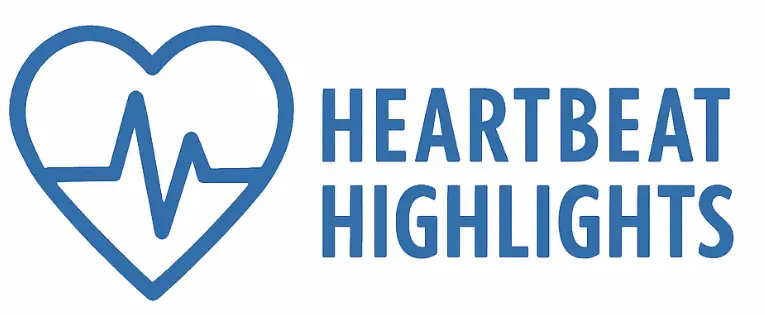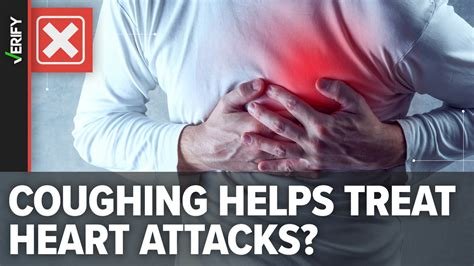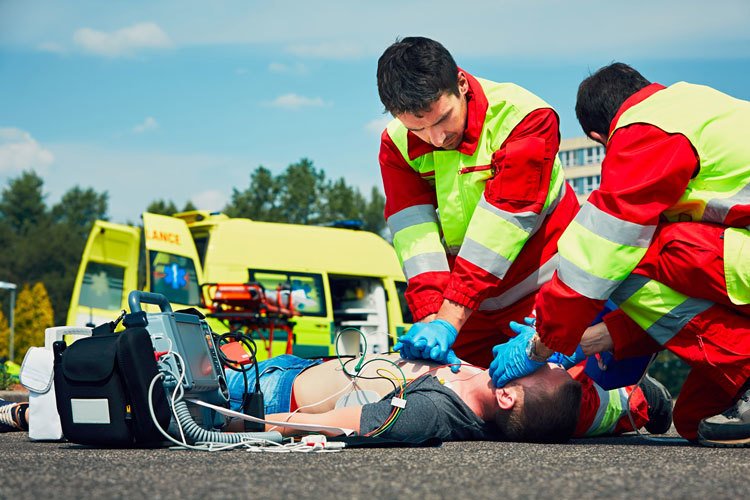From air quality to access to fresh food, where you live may affect your heart more than you think.

Introduction: Why Your ZIP Code May Matter More Than Your Genetic Code
When most people think about heart disease, they picture clogged arteries, high blood pressure, or unhealthy lifestyle habits like smoking. What many don’t realize is that your neighborhood itself can be a powerful factor in determining how healthy — or unhealthy — your heart is. The air you breathe, the noise around you, the food you have access to, and even your stress levels can be shaped by your environment.
In fact, cardiologists are increasingly recognizing that environmental and socioeconomic factors can be just as important as personal habits when it comes to cardiovascular risk. This is sometimes called the social determinants of health — the conditions in which you are born, grow, work, live, and age.
And here’s the catch: these influences aren’t just background noise. They can directly impact your blood pressure, your cholesterol, and even the way your heart muscle functions over time.
Understanding the Connection Between Environment and Heart Health
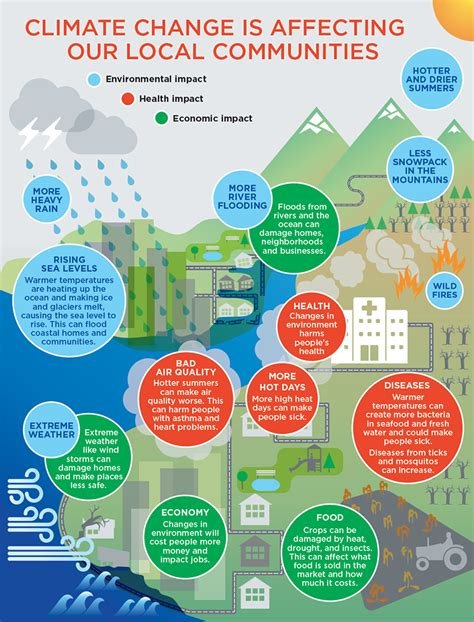
To picture how the environment affects your heart, imagine it as a long-term relationship. Every day, your surroundings either help nurture your cardiovascular system or slowly chip away at it.
Key environmental factors include:
- Air pollution: Tiny particles from vehicle exhaust, factories, and even wildfires can enter your bloodstream, triggering inflammation in your arteries.
- Noise pollution: Chronic exposure to traffic, construction, or loud city environments raises stress hormones, which can keep blood pressure elevated.
- Heat and climate: Extreme temperatures — both hot and cold — can strain your heart, especially in people with existing cardiovascular disease.
- Built environment: The way a neighborhood is designed can influence physical activity levels. Safe sidewalks, parks, and bike paths encourage movement; unsafe or poorly maintained areas discourage it.
Research has shown that people living in neighborhoods with high pollution levels or limited access to healthy foods often have higher rates of heart attacks, strokes, and heart failure — even if they have no family history of heart disease.
How Poverty Shapes the Risk Landscape
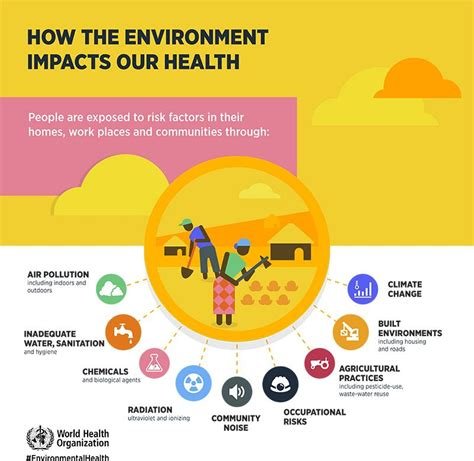
While environmental factors matter, they often intersect with socioeconomic realities in ways that amplify cardiovascular risks.
- Access to health care: If your area has few clinics or doctors, it’s harder to get preventive screenings and treatment.
- Food deserts: Many low-income neighborhoods lack affordable fresh produce, pushing residents toward high-calorie, low-nutrient options that contribute to obesity and high cholesterol.
- Chronic stress: Financial insecurity, unsafe housing, and job instability can keep stress hormones elevated for months or years, putting extra strain on the heart.
- Educational opportunities: Lower education levels are associated with reduced awareness about heart disease risk factors and fewer resources to address them.
In communities facing both poverty and environmental hazards, the combined effects create what public health experts call a “double burden” on heart health.
The Physiology of Environmental Damage
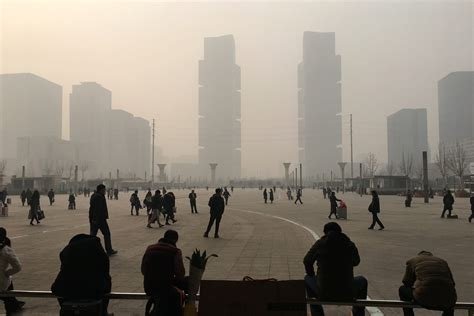
You might be wondering — how exactly does pollution or chronic stress get “under the skin” and hurt the heart?
Here’s the simplified science:
- Inflammation: Airborne pollutants trigger an immune response in the lungs. These inflammatory chemicals enter the bloodstream, making arteries more prone to plaque buildup.
- Oxidative stress: Pollutants can cause chemical reactions that damage cells, including those lining the arteries.
- Blood pressure spikes: Noise and stress activate the body’s “fight-or-flight” system, releasing adrenaline and cortisol. Over time, this keeps blood pressure high and weakens blood vessels.
- Insulin resistance: Chronic stress and inflammation can make it harder for your body to manage blood sugar, increasing the risk of diabetes — itself a major heart disease risk factor.
This isn’t about a single bad day. It’s about small, repeated hits to your cardiovascular system over years, gradually raising the odds of heart problems.
Community Design and Heart Health
It’s not just about avoiding bad influences — the right environment can actively support heart health. Communities with well-lit walking paths, easy access to grocery stores, and community programs see lower rates of heart disease.
Urban planners and public health officials have begun collaborating to design “heart-healthy cities,” which may include:
- Green spaces that encourage outdoor activity and reduce heat.
- Safe bike lanes and pedestrian-friendly streets.
- Farmers’ markets and incentives for grocery stores in underserved areas.
- Community centers offering free or low-cost exercise classes.
These initiatives don’t just improve health outcomes; they also help build social connections — and having a strong community network has been shown to reduce cardiovascular risk.
Real-Life Relevance: What It Means for You
Even if you can’t control every aspect of your environment, awareness is a powerful first step.
- If you live in an area with poor air quality, you can check local pollution levels before exercising outdoors and use indoor air purifiers.
- If your neighborhood lacks safe spaces for walking, you might seek out nearby community centers, gyms, or even shopping malls for indoor walking.
- Joining local advocacy groups can help push for cleaner air, better parks, and improved food access in your area.
Your heart health isn’t just a personal matter — it’s deeply linked to your community’s health.
When to Seek a Medical Evaluation
If you’re noticing symptoms like chest pain, shortness of breath, unusual fatigue, or swelling in your legs, don’t assume they’re “just stress” or part of getting older. Even subtle changes can be signs that environmental factors are taking a toll.
A cardiologist can run tests like an electrocardiogram (ECG), echocardiogram, or blood work to see if your heart is under strain. It’s especially important to get checked if you have risk factors like high blood pressure, diabetes, or high cholesterol — all of which can be worsened by environmental exposures.
Looking Ahead: The Future of Heart-Healthy Communities
The movement toward healthier communities is gaining momentum. Governments are starting to set stricter air quality standards, cities are investing in green infrastructure, and nonprofit organizations are pushing for better food access in underserved neighborhoods.
Emerging technologies — like portable air quality monitors, wearable heart sensors, and AI-powered health mapping — may soon make it easier to identify at-risk areas and take action faster.
But perhaps the biggest change will come from community-driven initiatives. When neighbors come together to demand cleaner air, safer streets, and better health resources, the benefits ripple out to everyone — and to every heart in the neighborhood.
Takeaway
Your heart doesn’t beat in isolation. Every breath of air you take, every step you do or don’t take, and every bit of stress you carry from your surroundings plays a role. By understanding how your community and environment shape your cardiovascular health, you can make informed choices — and help push for changes that benefit everyone.
References
- Brook RD, Rajagopalan S, et al. Particulate Matter Air Pollution and Cardiovascular Disease. Circulation.
- Münzel T, Sørensen M, et al. Environmental Stressors and Cardiovascular Disease. European Heart Journal.
- U.S. Centers for Disease Control and Prevention. Social Determinants of Health.
World Health Organization. Air Pollution and Health.
Disclaimer
This article is for educational purposes only and is not a substitute for professional medical advice. Always consult a qualified healthcare provider with any questions you may have about your heart health or medical condition.
